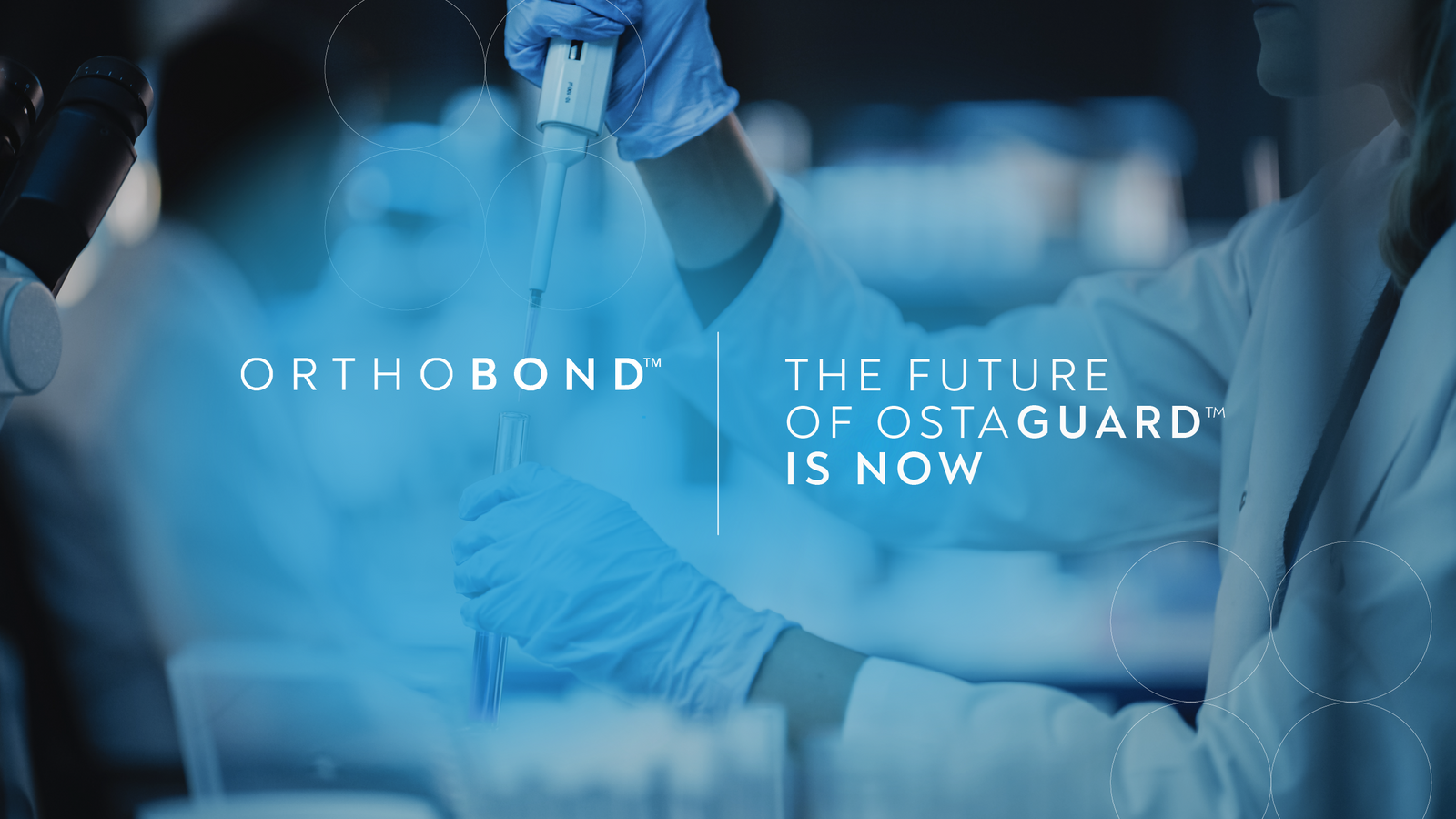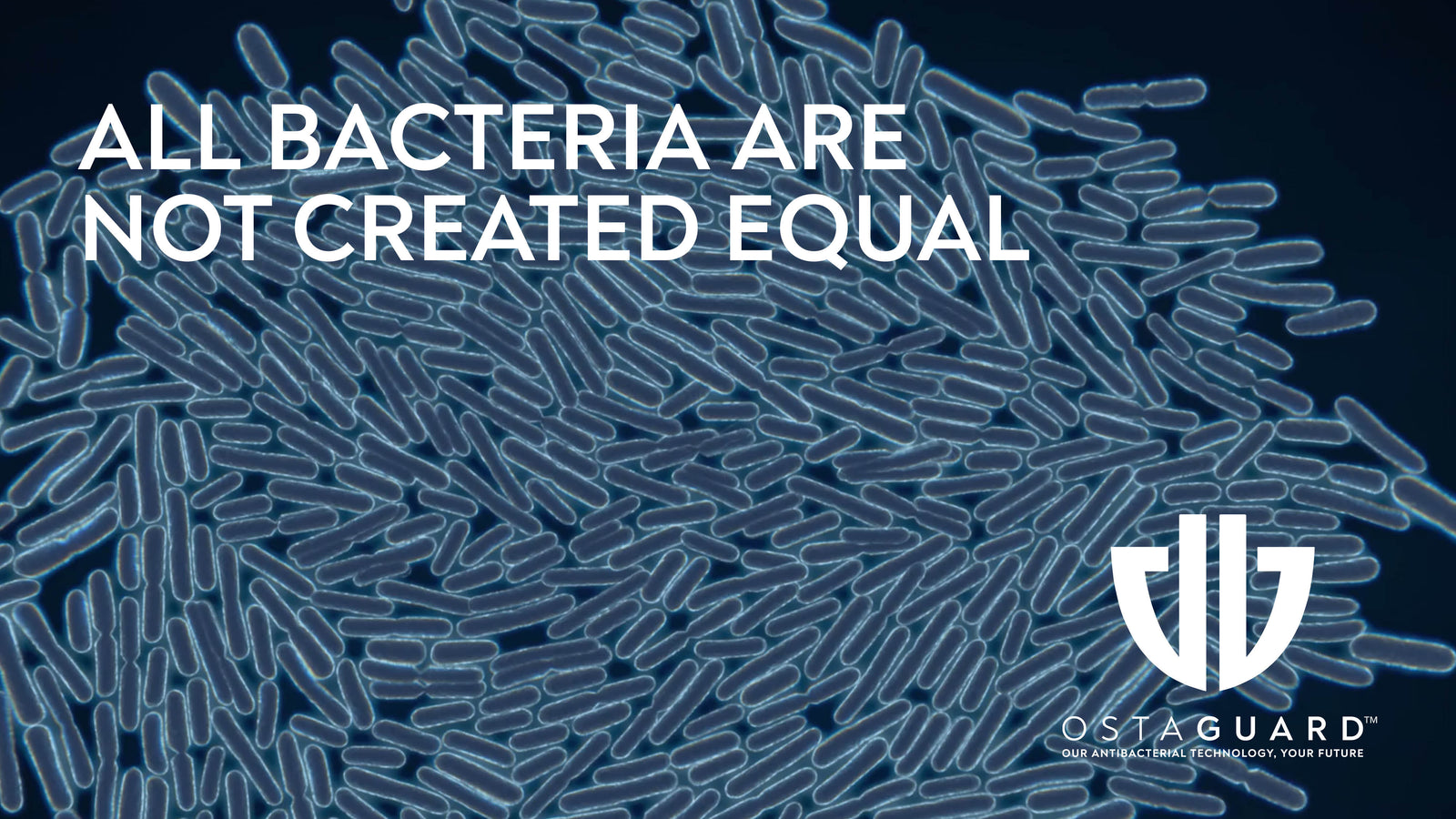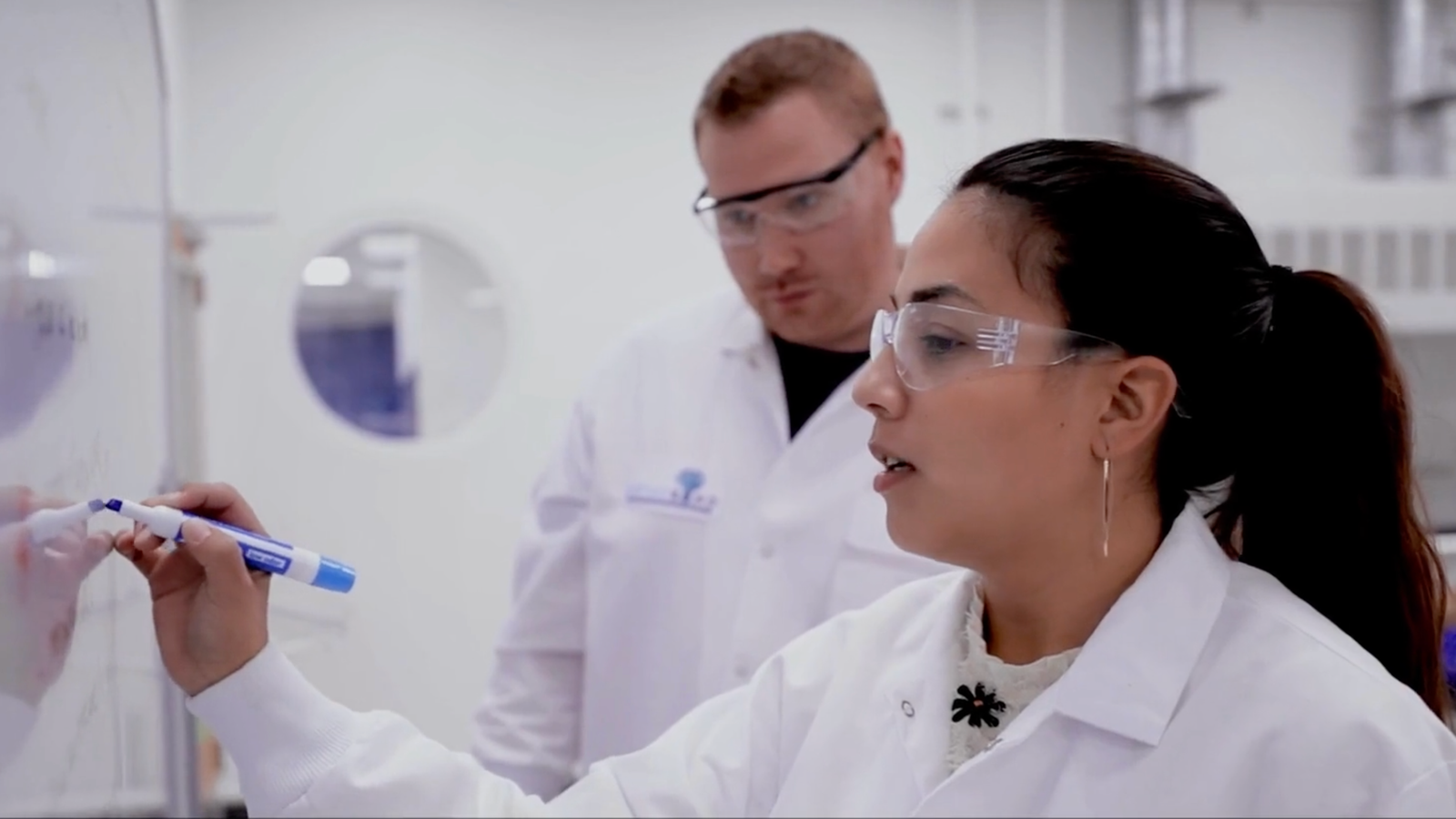
Since being awarded FDA De Novo clearance last year, Orthobond’s Ostaguard™ has been the talk of the orthopedic implant world. The first Ostaguard-treated implants have been manufactured and delivered for use in surgery. In this relatively short time, Ostaguard has been recognized as a safe, effective way to minimize implant contamination during surgery.
Orthobond’s Chief Scientific Officer Jordan Katz, Ph.D. and his team are working diligently expanding technology applications beyond orthopedic implants and introduce Ostaguard to the larger medical field. He’s very excited about the concept of deep brain stimulation, which shows promise for degenerative neurological disorders like Parkinson’s disease. “Since these devices have leads that go directly into the brain, the mortality rate is very high when they become contaminated. There’s definitely a need there.”
Katz also shares that Orthobond is designing how Ostaguard could be used with silicone-based devices, such as implantable tissue expanders that are often used for breast reconstruction after mastectomy surgery. “For those undergoing chemotherapy or with a compromised immune system, just a few bacteria can cause a problem. It’s just unfair when someone survives breast cancer and such a simple device causes an infection,” he says.
When looking further afield, Katz sees two potential paths for Ostaguard technology. One is running with the current focus on antimicrobial surfaces. “We could look to make the next generations of our technology that can have an even greater impact through prolonged action or greater spectrum of activity. We could also look at peripherals to surgery, such as trays, tables, forceps and other instruments. These are all conduits for bacteria to eventually make their way to the wound site, so the technology needs to iterate.”
Another direction would be improving human lives through improved consumer goods that resist spoilage without the need for toxic preservatives. Katz points to the connection between rising use of surface sanitizing agents and drug-resistant bacteria becoming an even larger threat to society. “Say we gave a surface such a child’s desk, a park bench or set of monkey bars the long-term ability to kill bacteria without delivering anything into the environment. Our data shows this approach does not ‘stress’ bacteria, which is often a cue to mutate in order to circumvent the stress.”
In the not-so-distant future, Katz is looking forward to sharing the 15 years of Ostaguard data that was used to secure its FDA nod and make the technology available to patients. He also adds, “We’ve had to keep it all as internal scientific data, and I’m excited for the clinical and scientific communities to learn about what we’ve done. We’re already bigger than just an orthopedics’ product company.”



